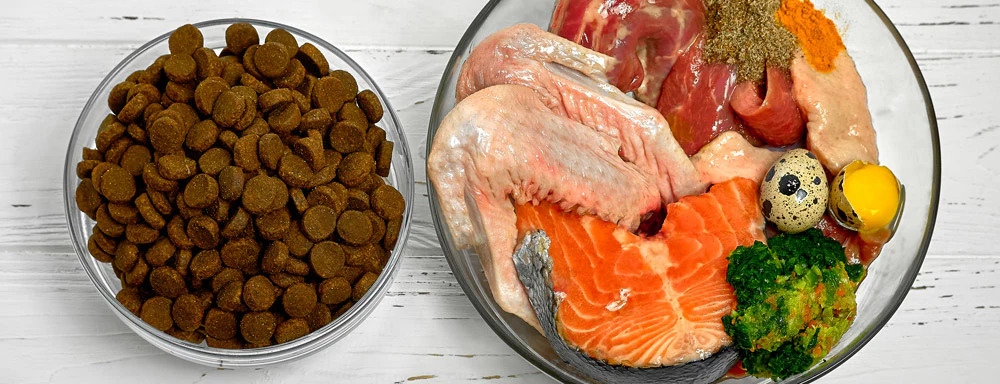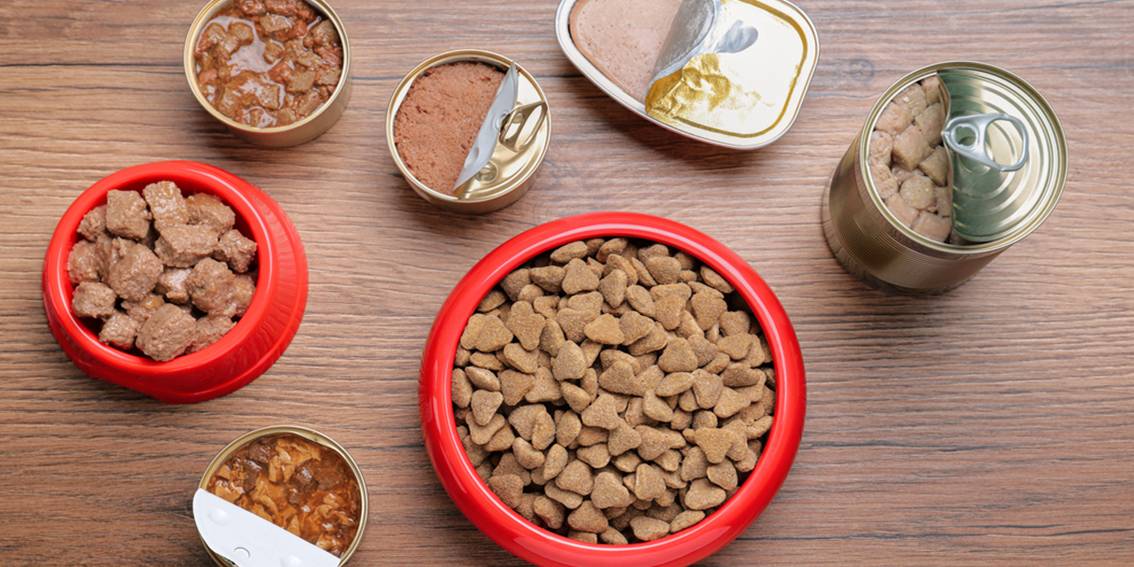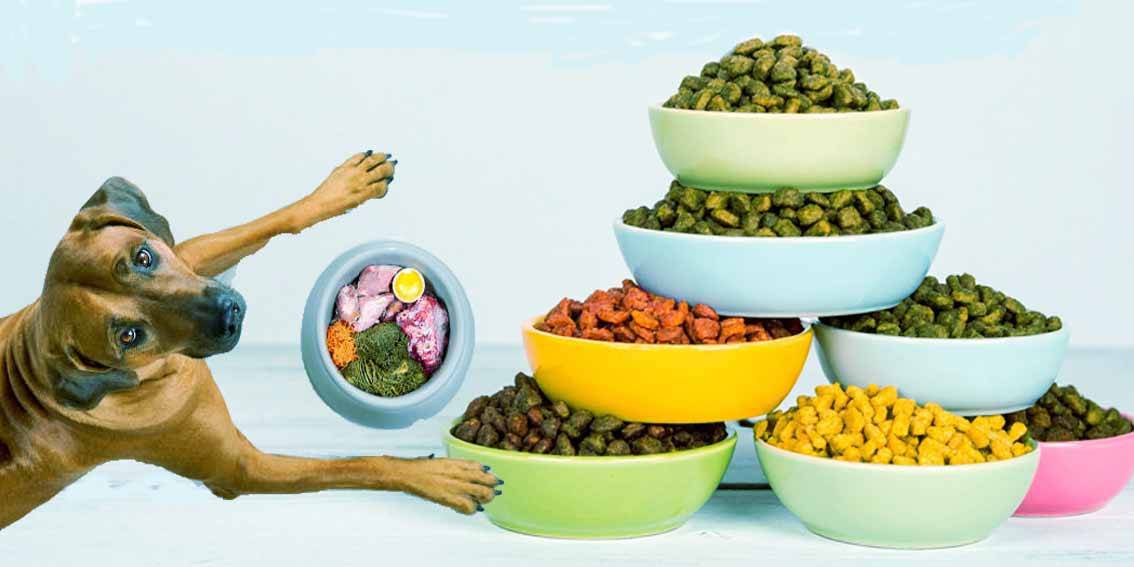What is BARF Diet for Dogs
The BARF diet for dogs (Biologically Appropriate Raw Food) diet for dogs is a raw food diet that aims to replicate the diet of a wolf or wild canine. It consists of fresh, raw ingredients, including meat, raw bones, organs, fruits, vegetables, and sometimes oils and eggs, with the goal of providing balanced nutrition without processed ingredients.
Understanding the BARF Philosophy
Proponents believe dogs thrive on the diet of their wild cousins. The diet includes raw, whole foods. It avoids processed kibble and canned food. The goal is to provide nutrition in its most natural form. Supporters claim it leads to shinier coats, healthier skin, and increased energy.
Core Components of the Diet
A balanced BARF diet has several key elements. The foundation is raw muscle meat. This provides essential protein. Raw, meaty bones offer calcium and phosphorus. They also clean teeth naturally. Organ meats, like liver and kidney, are nutrient powerhouses. They should comprise a smaller portion of the meal. Some vegetables and fruits add vitamins and fiber.
The Typical BARF Ratio
Most followers use a general ratio as a guideline. Roughly 70-80% of the diet should be muscle meat. About 10% should be raw, edible bone. Organs should make up another 5-10%. The final 5-10% can include vegetables, fruits, and other supplements. This balance aims to meet a dog’s nutritional needs.
Potential Benefits for Your Dog
Advocates report numerous benefits. Many dogs show improved digestion on a raw diet. Their stools are often smaller and firmer. Dental health may improve from chewing raw bones. The diet can lead to a leaner body mass and healthier skin and coat. Many owners simply report their dogs seem more vibrant.
Important Risks and Considerations
The BARF diet carries significant risks. Bacterial contamination, like Salmonella or E. coli, is a primary concern. This poses a danger to both pets and humans in the household. Whole bones can fracture teeth or cause internal blockages if swallowed. Creating a nutritionally complete meal is complex and requires careful planning.
Transitioning to a BARF Diet
A slow transition is crucial. Start by introducing small amounts of one raw protein source. Chicken is a common starting point. Gradually increase the portion over a week. Monitor your dog’s stool and energy levels closely. Slowly introduce other components like organs and bones one at a time.
Essential Safety Practices
Kitchen hygiene is non-negotiable. Wash all surfaces, bowls, and utensils with hot, soapy water after preparation. Wash your hands thoroughly before and after handling raw food. Store raw food separately from human food. Thaw frozen portions safely in the refrigerator, never on the counter.
Consult Your Veterinarian First
Always speak with your vet before starting a BARF diet. They know your dog’s health history. They can advise on potential risks and nutritional adequacy. Some dogs, like those with compromised immune systems, are not good candidates. Your vet may recommend specific supplements to ensure a balanced diet.
Conclusion
The BARF diet is a committed choice for a dog owner. It requires extensive research, careful preparation, and strict hygiene. While potential benefits exist, the risks are real. Proper education and veterinary guidance are essential for anyone considering this natural feeding approach.



